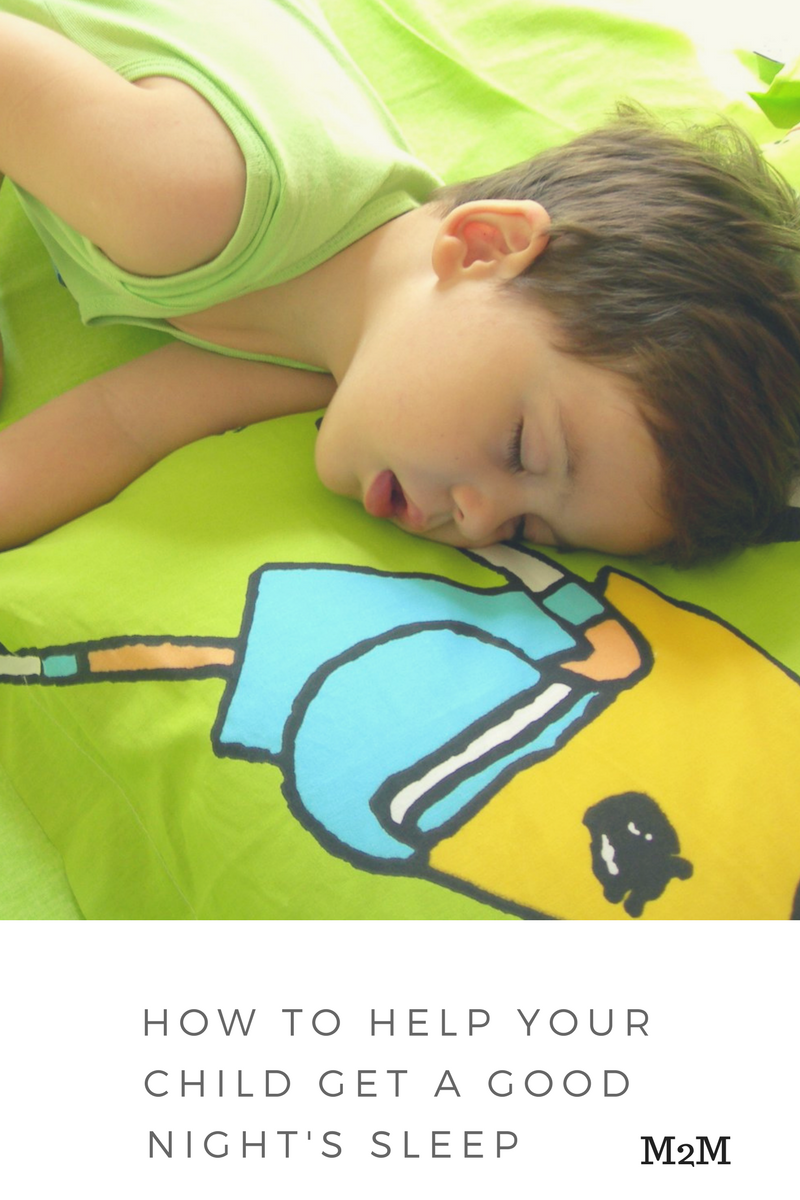The moment your child comes into the world, your world as a parent will revolve around sleep. Chances are that co-sleeping has crossed your mind as a possible method of how to help your baby get a good night’s sleep. Today, we’re sharing parenting tips on five things you need to know about co-sleeping with your toddler:

-
Attitudes to Co-sleeping Differ Across the World
The perception of co-sleeping with your toddler differs drastically from culture to culture. In many Western countries, co-sleeping is often regarded as a sleeping method practiced by slightly “alternative” parents. However, the desire to sleep privately or only with one’s adult partner isn’t all that common in the rest of the world.
In Asia and Africa, co-sleeping is encouraged. In places like Botswana, co-sleeping is seen as an important kinship ritual. As a matter of fact, often the whole family – parents, babies, grandparents, even visitors – will sleep together at night.
-
The Benefits of Co-sleeping Abound
There’s a reason why so many parents worldwide advocate the virtues of co-sleeping. First, co-sleeping establishes the baby’s circadian rhythms and helps them to distinguish day from night. Furthermore, young children sleep better when they feel close to their parents. Especially, to their mother.
Co-sleeping is more convenient for mom and dad through the night too. Parents no longer have to stumble down the dark hallway to soothe their baby. If your child is already right next to you, you don’t have to go far to change diapers, feed and soothe your baby back to sleep.
-
Co-sleeping Doesn’t Lead to Over-attachment
There’s a common misperception that co-sleeping with your toddler leads to an unhealthy level of dependence between mother and child. Babies and toddlers need secure attachments with their parents in order to thrive. Also, sustained closeness with the mother helps release oxytocin. Oxytocin is the hormone responsible for bonding and attachment. So, there’s nothing bad about that!

-
Safety is Important
Safety has to be the first priority for any parents interested in co-sleeping. First, think carefully about sharing a sleep space with a baby that is under one year old. Babies are most delicate at this stage, and often need their own space in a crib for sleeping. If you bottle-feed, it’s usually recommended that your baby sleep close to you, but not in your bed. Additionally, your doctor should confirm whether your size poses a risk to your baby in a co-sleeping situation.
However, you should recognize that adult beds were not designed for infants if you are considering co-sleeping. As a result, make the necessary adjustments for baby’s comfort and safety. This includes a flat, firm mattress which isn’t too far from the floor. Next, make sure that your child isn’t overheated with blankets. Last, check that your own clothing has no strings which could pose choking hazards to baby, and tie up long hair.
-
It’s All About the Environment
You’ve made sure everything is technically safe: what now? Well, there are a few more steps you can take to make the co-sleeping environment truly sleep-inducing. For instance, you won’t regret investing in some blackout blinds. Babies tend to be sensitive to light and darkness. If you have the budget, you might also consider investing in a dual air conditioning and heating unit. This will keep your room at optimal temperatures through all seasons.
Freelance writer, Harper Reid, resides in the beautiful City of Sails ~ Auckland, New Zealand. She enjoys experiencing different cultures, trying local food and exploring new places. See more of her work here.







